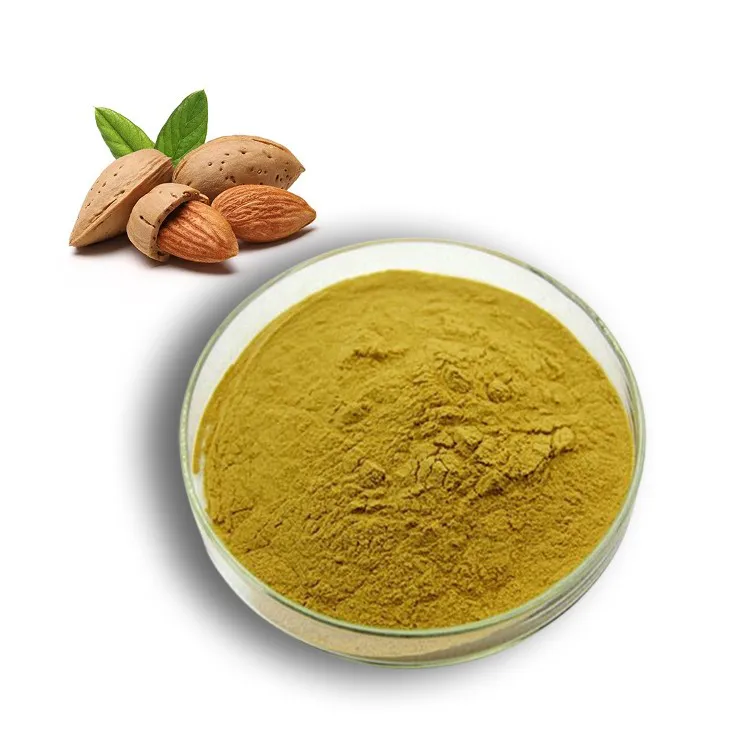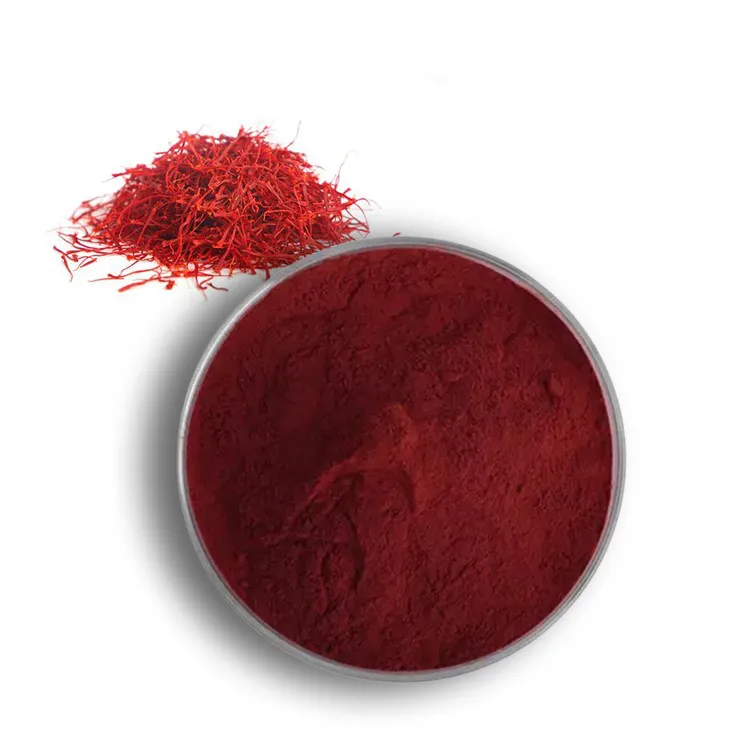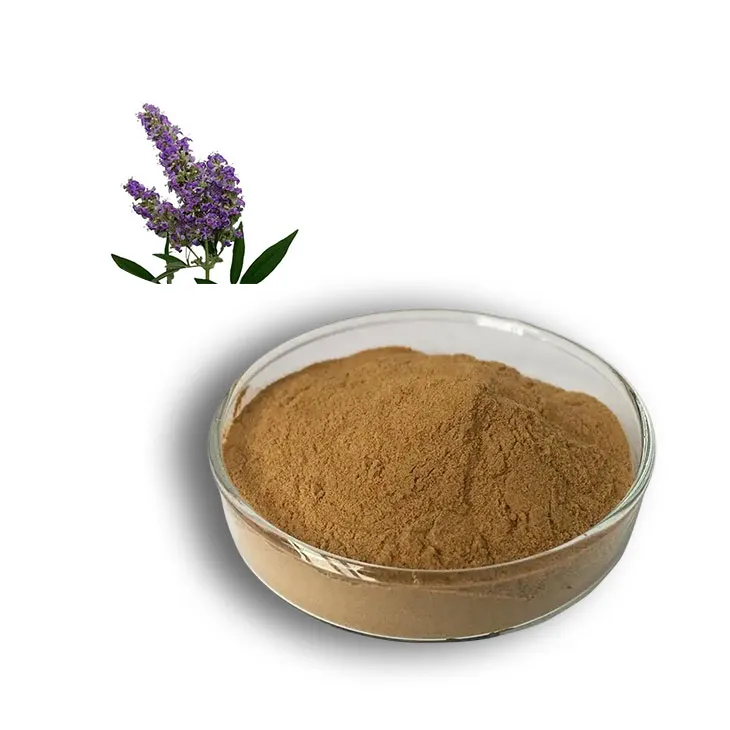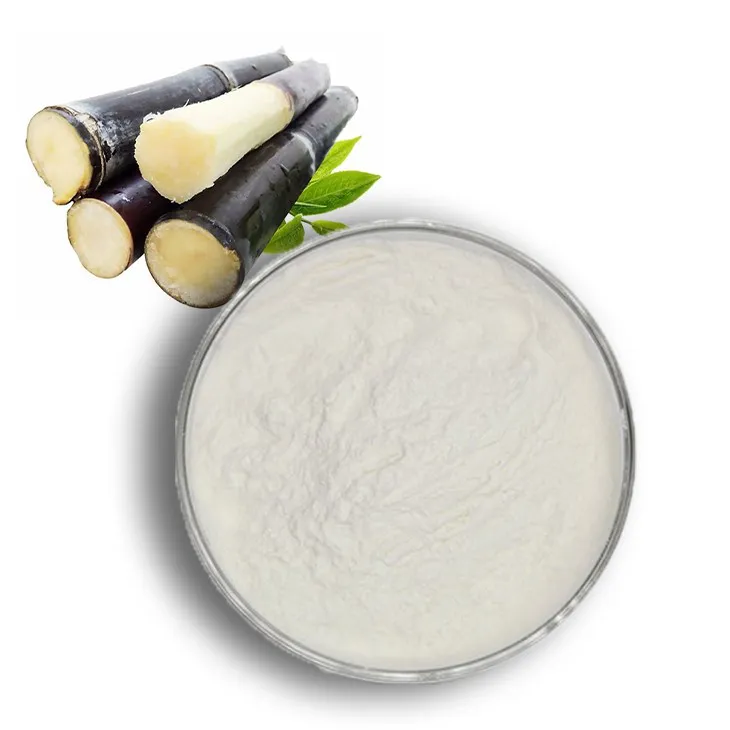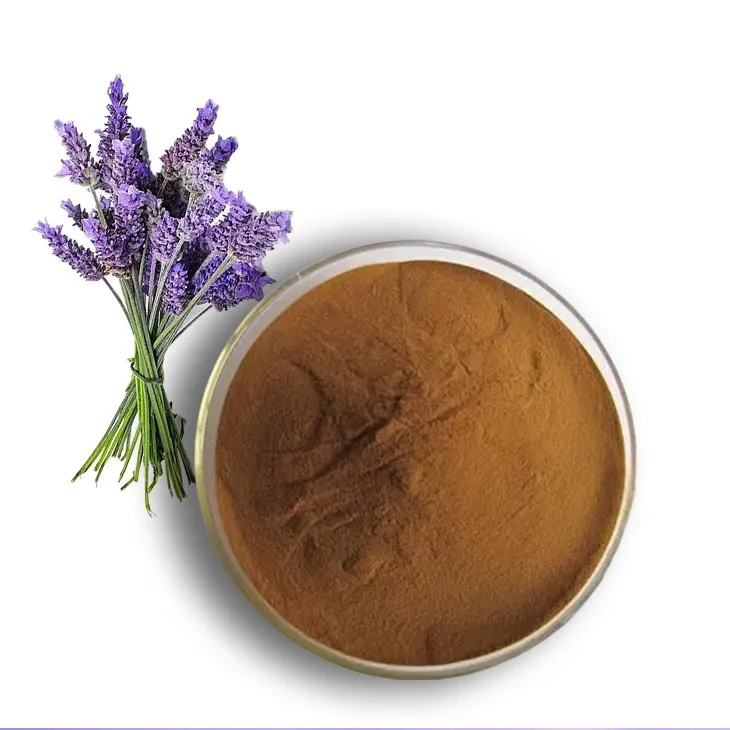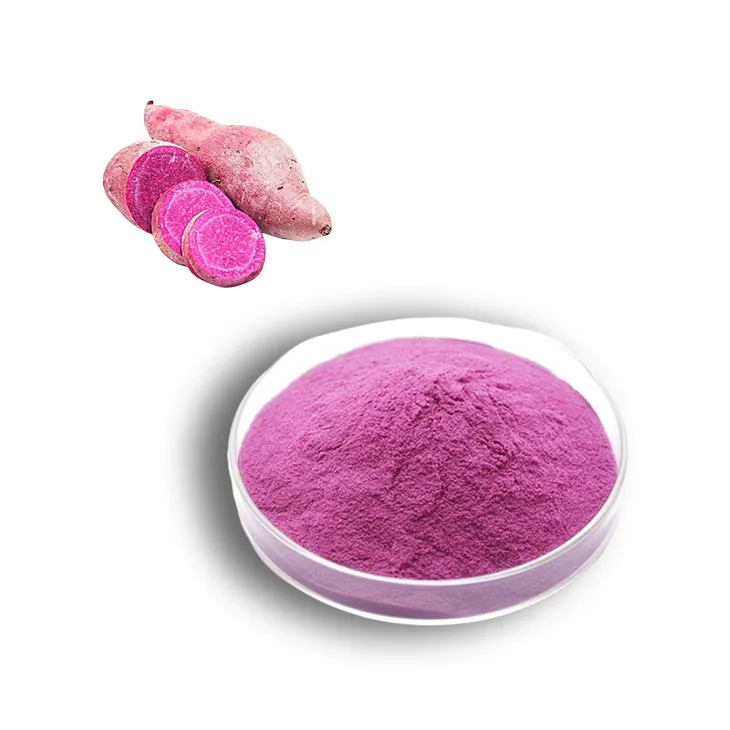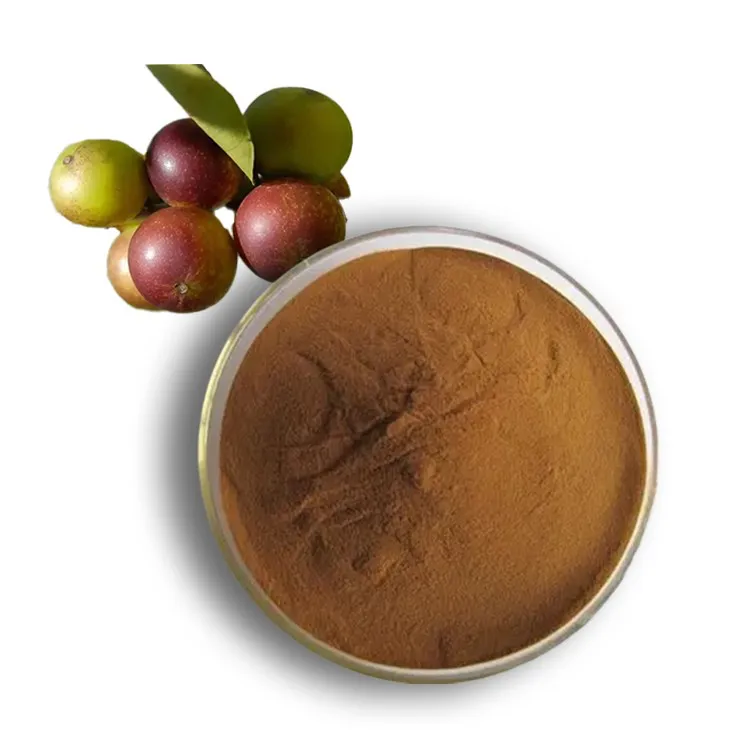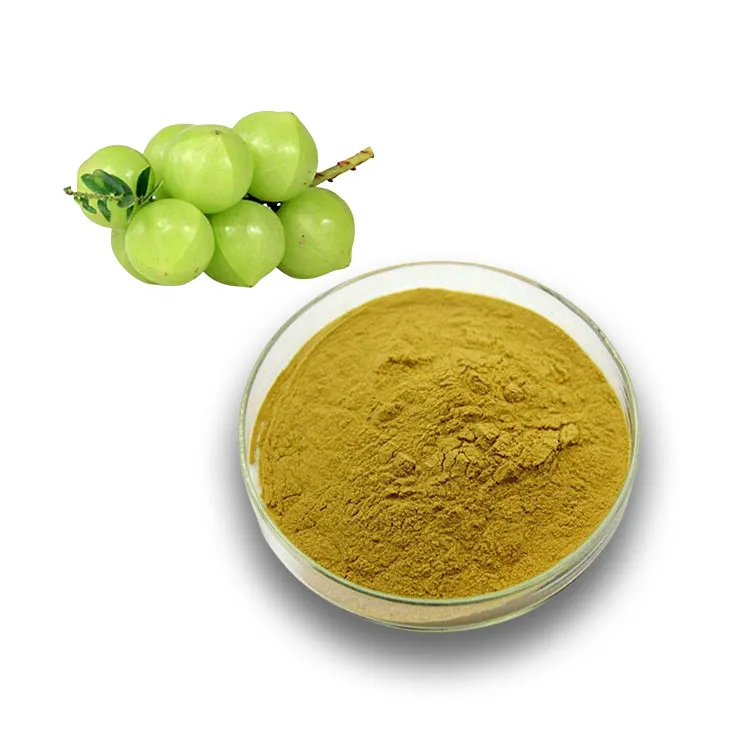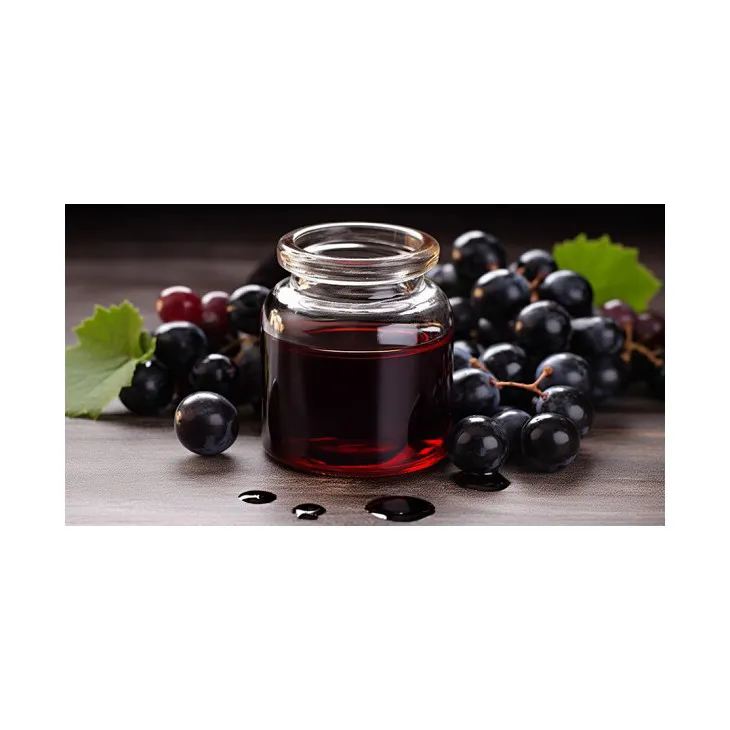- 0086-571-85302990
- sales@greenskybio.com
Red Yeast Rice: Benefits, Uses, and Considerations
2025-10-25

Red yeast rice is a traditional medicinal and culinary ingredient that has captured significant attention for its health benefits, particularly in the realm of cardiovascular health. Originating as a food product in China where it was used both as a coloring agent and a preservative, red yeast rice has evolved into a popular dietary supplement. It is particularly known for its ability to help manage cholesterol levels naturally. In this article, we will explore what red yeast rice is, its active components, how it compares to conventional medicine, its health benefits, potential side effects, and considerations for use.
Understanding Red Yeast Rice
Red yeast rice is produced through the fermentation of white rice with specific strains of yeast, particularly Monascus purpureus. This fermentation process gives the rice its distinctive red color and results in the production of a range of natural compounds that contribute to its health promoting properties. Among these compounds, monacolin K, a naturally occurring statin, is most notable. Monacolin K is chemically identical to lovastatin, a prescription drug used to lower cholesterol levels.
Mechanism of Action
The primary action of red yeast rice in the body involves the inhibition of an enzyme called HMG-CoA reductase, which plays a critical role in the production of cholesterol in the liver. By inhibiting this enzyme, red yeast rice effectively reduces the synthesis of cholesterol, leading to lower levels of low-density lipoprotein (LDL) cholesterol in the bloodstream. This mechanism mirrors that of pharmaceutical statins, which are standard treatments for managing high cholesterol.
Health Benefits of Red Yeast Rice
Cholesterol Management: The most well-recognized benefit of red yeast rice is its ability to lower LDL cholesterol levels. Clinical studies have shown that supplements containing red yeast rice can significantly reduce LDL cholesterol, thus lowering the risk of heart disease. This makes it a valuable option for individuals seeking a natural alternative to prescription statins, particularly those who experience side effects from conventional cholesterol-lowering drugs.
Improved Heart Health: Beyond cholesterol reduction, red yeast rice may contribute to overall heart health by improving lipid profiles. Some studies suggest that it can help reduce levels of triglycerides and potentially increase levels of high-density lipoprotein (HDL) cholesterol, often referred to as the "good" cholesterol.
Anti-Inflammatory Effects: Inflammation is a key contributor to many chronic diseases, including cardiovascular disease. Some preliminary research suggests that red yeast rice may exhibit anti-inflammatory properties, which could further support cardiovascular health and reduce the risk of developing related complications.
Antioxidant Properties: The fermentation process that produces red yeast rice also generates a variety of other beneficial compounds, including antioxidants, which help protect cells from oxidative damage. This may provide additional protective effects against a range of diseases beyond heart disease, although further research is needed to confirm these benefits.
Blood Sugar Regulation: Some studies suggest that red yeast rice may help in regulating blood sugar levels, making it potentially beneficial for individuals with impaired glucose tolerance or type 2 diabetes. By improving lipid profiles and mitigating oxidative stress, it could play a role in comprehensive metabolic disorder management.
Comparison with Conventional Statins
While both red yeast rice and pharmaceutical statins operate through similar pathways to reduce cholesterol, there are important distinctions:
Natural vs. Synthetic: Red yeast rice is a naturally sourced product, while statins are synthetic drugs. Some individuals prefer natural products due to concerns about synthetic substances and their long-term effects.
Side Effects: Despite having the same mechanism as statins, red yeast rice may have a different side effect profile. Users of prescription statins frequently report muscle pain and liver damage as potential side effects, while red yeast rice, although not exempt from side effects, may be better tolerated by some individuals.
Regulation and Standardization: Pharmaceutical statins are subject to rigorous testing and regulation, ensuring consistent dosages and purity. In contrast, the levels of monacolin K and other compounds in red yeast rice supplements can vary significantly between products, making quality assurance a potential issue.
Potential Side Effects and Considerations
Though red yeast rice is generally considered safe for most individuals, there are potential side effects and considerations:
Muscle Pain and Weakness: Similar to statins, high doses of red yeast rice can lead to muscle pain and weakness. Individuals should report any such symptoms to their healthcare provider, especially if they are similar to those experienced with statin therapy.
Liver Function: Red yeast rice can affect liver enzymes similarly to statins, so regular liver function monitoring is recommended for individuals taking high doses or using it for extended periods.
Interaction with Other Medications: Red yeast rice may interact with other medications, especially those that also affect cholesterol or blood pressure. Additionally, individuals taking medications that inhibit the cytochrome P450 enzyme system should exercise caution, as red yeast rice and its active compounds rely on these enzymes for metabolism.
Not Suitable for Everyone: Individuals with liver disease, pregnant or nursing women, and those with a history of statin intolerance should avoid red yeast rice or use it only under medical supervision.
Contamination Concerns: Some red yeast rice products may contain citrinin, a toxin produced by Monascus species, which can cause kidney damage. Ensuring the purchase of high-quality supplements from reputable manufacturers that provide third-party testing can mitigate this risk.
Conclusion
Red yeast rice presents a compelling option for individuals seeking natural approaches to manage cholesterol and improve cardiovascular health. Its efficacy in lowering LDL cholesterol levels and its additional benefits in inflammation and antioxidant defense make it a valuable supplement. However, those interested in red yeast rice should consider its potential side effects and seek products from reputable sources to ensure quality and safety. Consulting with healthcare professionals prior to use can ensure the appropriate integration of red yeast rice into a comprehensive health management plan. As interest in holistic and natural products continues to grow, red yeast rice's role in wellness and preventive health warrants further exploration and understanding.
- ▶ Hesperidin
- ▶ Citrus Bioflavonoids
- ▶ Plant Extract
- ▶ lycopene
- ▶ Diosmin
- ▶ Grape seed extract
- ▶ Sea buckthorn Juice Powder
- ▶ Fruit Juice Powder
- ▶ Hops Extract
- ▶ Artichoke Extract
- ▶ Mushroom extract
- ▶ Astaxanthin
- ▶ Green Tea Extract
- ▶ Curcumin
- ▶ Horse Chestnut Extract
- ▶ Other Product
- ▶ Boswellia Serrata Extract
- ▶ Resveratrol
- ▶ Marigold Extract
- ▶ Grape Leaf Extract
- ▶ New Product
- ▶ Aminolevulinic acid
- ▶ Cranberry Extract
- ▶ Red Yeast Rice
- ▶ Red Wine Extract
-
Almond Extract Powder
2025-10-25
-
Saffron Extract Powder
2025-10-25
-
Chasteberry Extract
2025-10-25
-
Sugarcane Extract
2025-10-25
-
Lavender Extract
2025-10-25
-
Purple Sweet Potato Extract
2025-10-25
-
Camu Camu Extract
2025-10-25
-
Nettle leaf extract
2025-10-25
-
Phyllanthus Emblica Extract
2025-10-25
-
Red Wine Extract
2025-10-25











